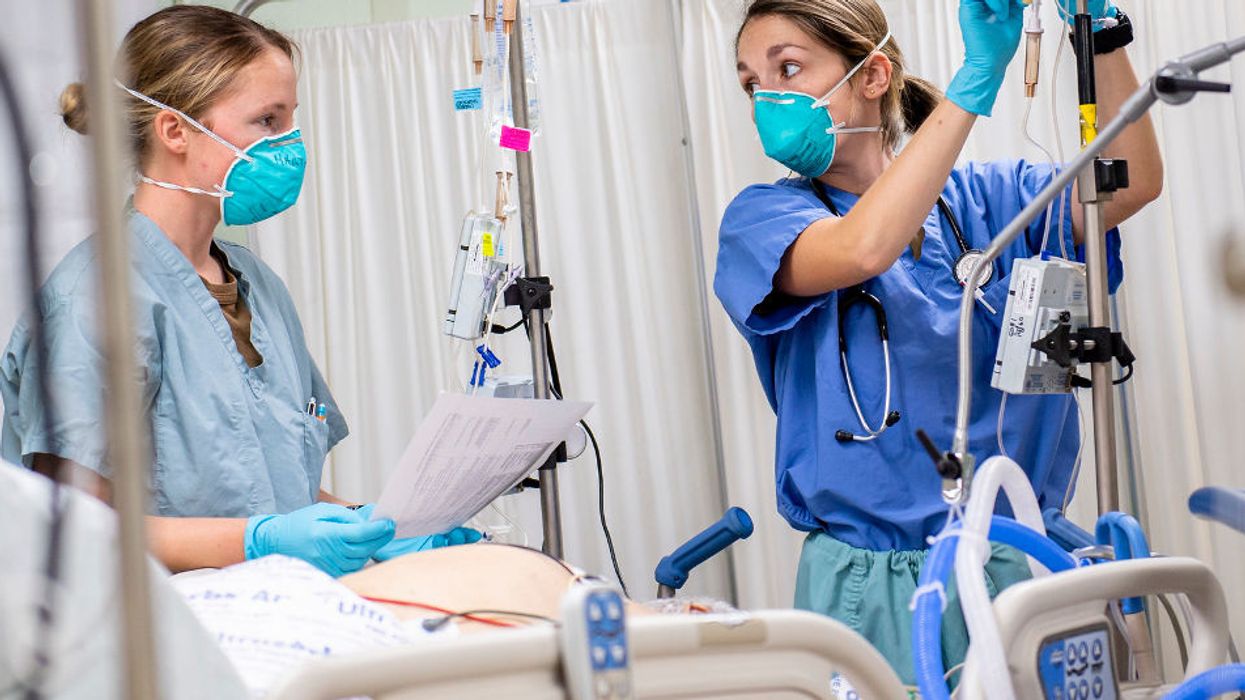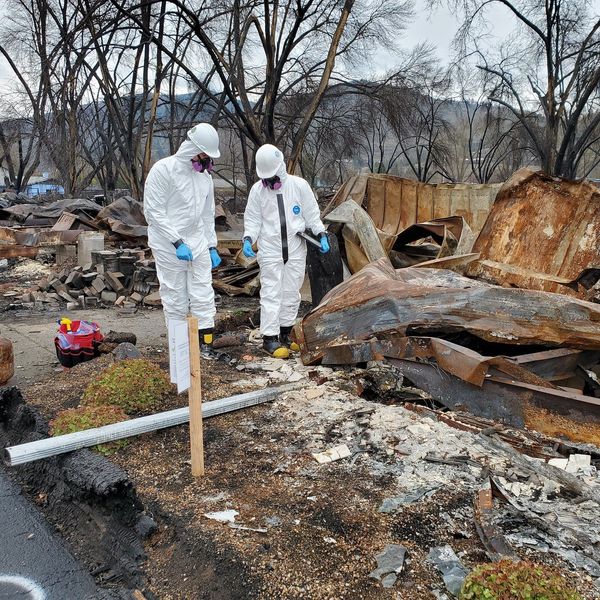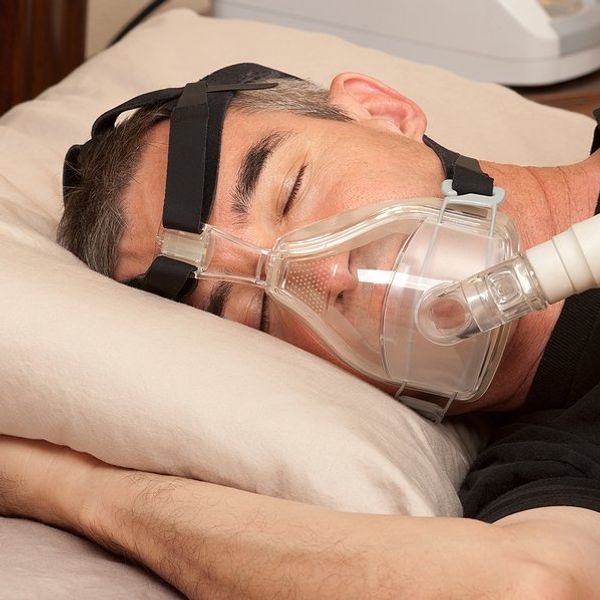Endocrine-disrupting chemicals masquerade as hormones. These insidious contaminants increase the diseases that cause the underlying conditions that result in susceptibility to COVID-19.
Hormones determine our development, and our behavior—all at tiny concentrations. Hormone-impersonating chemicals can rob us of otherwise healthy lives.
Most Americans have endocrine disrupting chemicals in their bodies. We are exposed to them via our food, the air we breathe, our drinking water, and the products we allow into our homes and lives. Plastics, personal care products, drugs, pesticides, flame retardants, air pollution, household products, food additives, nonstick cookware, and many other products contain endocrine disrupting chemicals.
Typically, the earlier in life that endocrine disruption occurs, the more severe and permanent the damage, leading to diseases like diabetes, heart disease, and reproductive cancers.
Human epidemiological studies and experiments in laboratory animals establish without question that such exposures can increase susceptibility to these diseases and many more. Exposures can also cause immunosuppression, which increases vulnerability to infections.
An unhealthy nation
The U.S. is currently one of the unhealthiest nations in the world. An astonishing 42.4 percent of Americans aged 20 and over (roughly 130 million people) are obese, an underlying condition for a more serious case of COVID-19. Compare obesity in the U.S. to other countries that have high rates of COVID-19, like Japan (3.7 percent), Korea (5.3 percent) China (7.0 percent), and Italy (9.8 percent).
A healthy immune system is needed to fight off COVID-19. Common immune system diseases that weaken your defenses to bacterial and viral infections include asthma, chronic obstructive pulmonary disease (COPD), rheumatoid arthritis, lupus, multiple sclerosis, psoriasis, type 1 diabetes, and Crohn's disease. According to the National Institutes of Health, about 23.5 million Americans (about 7 percent of the population) suffer from one or more autoimmune diseases, and 25 million people have asthma. The U.S. ranks 43rd out of 183 countries for deaths due to lung disease.
The U.S. leads developed nations in numbers of type 2 diabetes—11 percent of the population aged 20-79 years; about 34 million people have diabetes. People with diabetes have an increased risk of COVID-19 infection and complications. They have high and fluctuating blood glucose levels, making it harder to treat viral infections. Uncontrolled blood glucose levels also contribute to heart and kidney problems, which also worsen the prognosis for those with COVID-19.
Since 85 percent of diabetics are overweight or obese, and 30 percent of overweight/obese people have type 2 diabetes, these two underlying conditions alone interact to make Americans particularly susceptible to COVID-19 and its complications.
The U.S. has the third-highest mortality rate for diseases of the circulatory system, including high blood pressure, overall, the second-highest mortality rate for heart attacks and heart disease is the leading cause of death in the U.S. While there has been a global decline in mortality due to circulatory disorders, the U.S. decline is smaller than any other country measured.
While we can't pin the elevated U.S. disease numbers solely on exposures to endocrine disrupting compounds, it is clear that all of the disease and health conditions listed above (diabetes, obesity heart disease, immune system diseases/dysfunction and respiratory diseases) have been linked to exposure to a variety of endocrine disrupting compounds in animal models and human epidemiology studies.
Time to prepare and reduce exposure
Although the focus today must be on reducing the immediate impact of this pandemic, it is essential to realize that other epidemics and pandemics will undoubtedly come our way. Now is the time to prepare.
What is the best thing we can do now to protect ourselves?
All the diseases discussed above have both genetic and environmental components. We cannot change our genes, but we can change our environment.
Improving our diet and nutritional status and reducing our exposure to endocrine disrupting chemicals are pivotal changes that will profoundly benefit our health and welfare.
Just as COVID-19 brings a sharp focus to pathogens that can quickly injure or kill us, slower-acting endocrine disruption needs longer-term solutions that prevent the chemicals from wearing down our health, vitality, and resistance.
Linda S. Birnbaum, Ph.D., DABT, ATS, Scientist Emeritus (Retired) Former Director, National Institute of Environmental Health Sciences and National Toxicology Program and Jerrold J. Heindel, Ph.D. retired Program Administrator from the National Institute of Environmental Health Sciences submit this commentary on behalf of HEEDs Elders (www.HEEDS.org), a group of pioneering senior scientists in the endocrine disruption field who focus on improving the health of all the world's inhabitants.
Their views do not necessarily represent those of EHN, The Daily Climate or publisher, Environmental Health Sciences.
Banner photo: Lt. Kayla Marthy and Lt. Brianna Garcia treat a patient in the intensive care unit aboard the hospital ship USNS Mercy April 13. (Credit: U.S. Pacific Fleet)



























